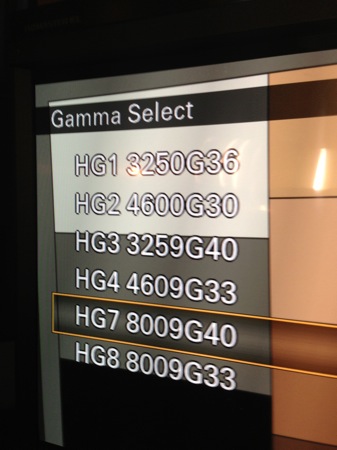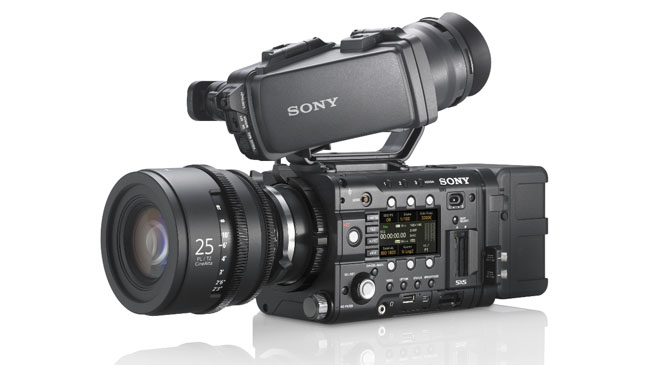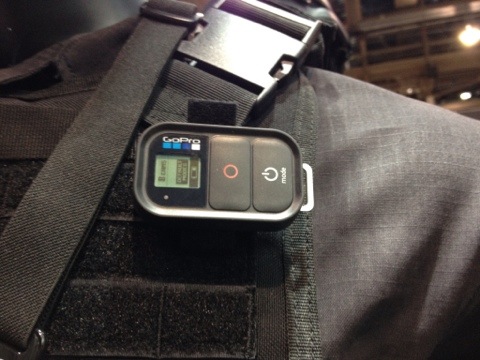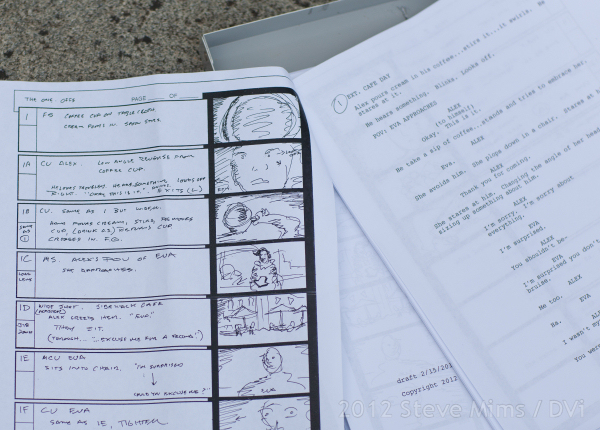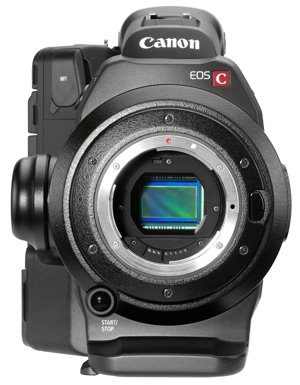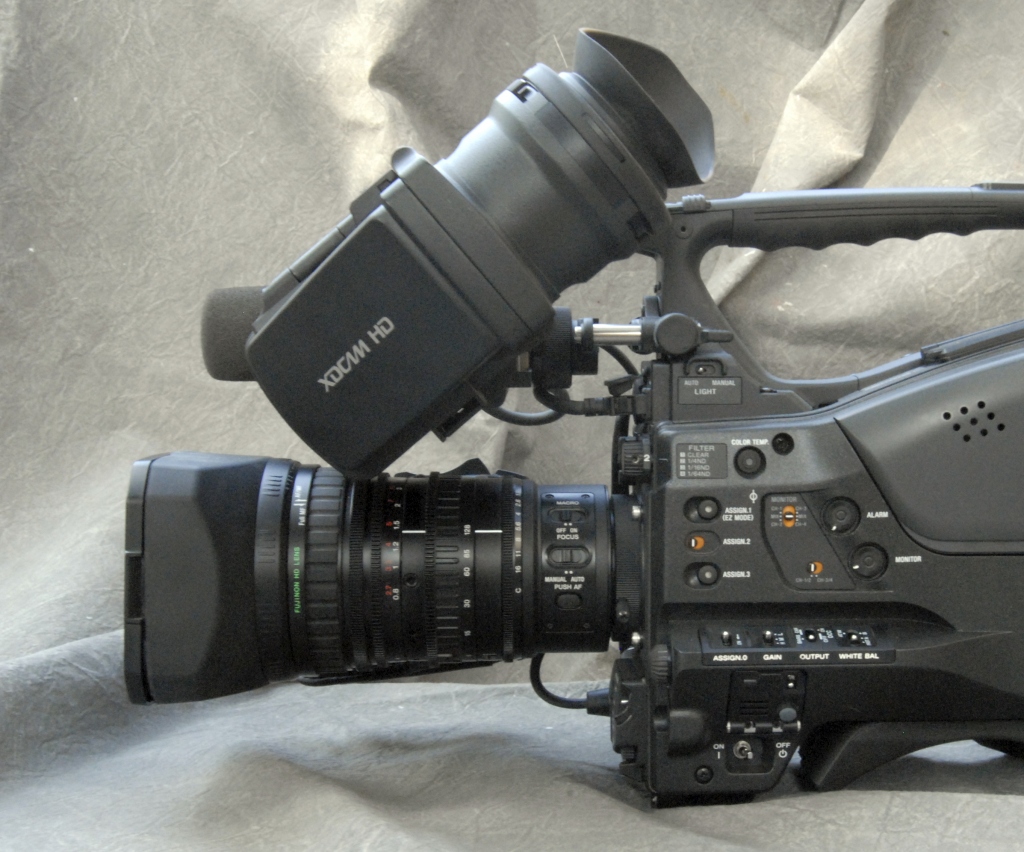Tools for capturing images and sound.
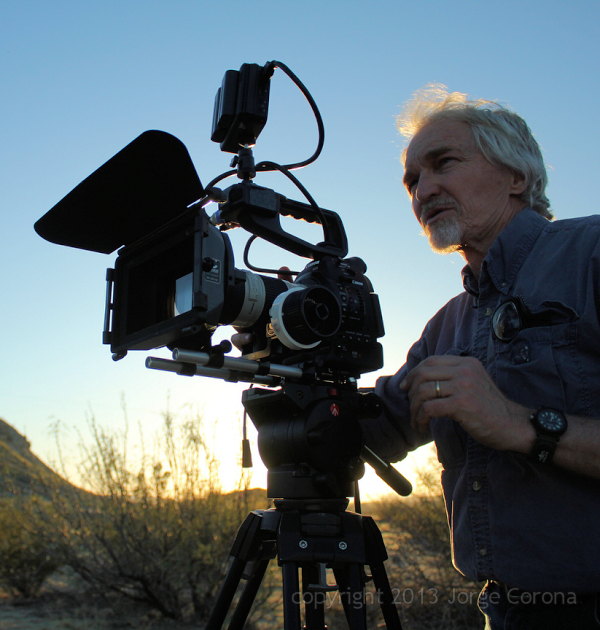
Arlo and Julie: A Feature Length Film on the Canon C100
Last February I shot a short test film with the Canon Cinema EOS C300. Thanks to Canon I got the loan of the camera for a few days and we…


